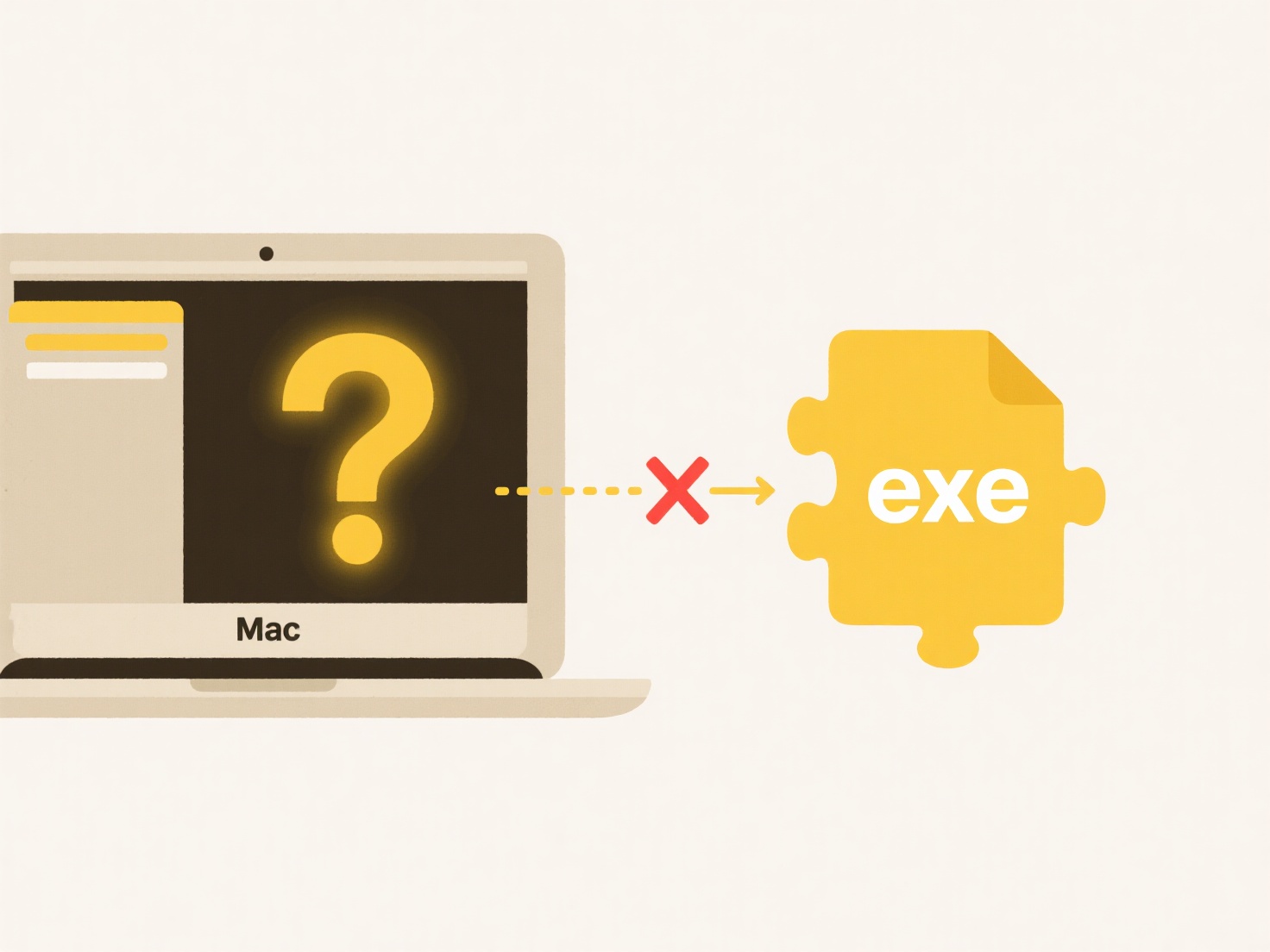
The best way to name image or media files involves using descriptive, consistent, and meaningful labels. Good filenames accurately reflect the file's content, purpose, or context, avoiding vague labels like "image1.jpg". Key elements often include relevant keywords, dates, project names, versions, or sequential numbers. This structured approach significantly differs from arbitrary naming by making files instantly identifiable to humans and searchable for machines.

Practical examples include naming a product photo 2024-05-red-widget-front-view.jpg for an e-commerce site or naming a project screenshot acme-website-about-page_draft_v2.png. Industries like digital marketing, web development, e-commerce, and archiving heavily rely on clear file naming. Tools like Digital Asset Management (DAM) systems and content platforms (WordPress, Shopify) benefit greatly from this practice for organization and retrieval.
Benefits include improved searchability, easier collaboration, reduced errors, and better SEO for web images. Limitations involve potential file name length restrictions in some systems and the need for team-wide agreement on conventions. Ethically, names should avoid harmful language. Standardized naming conventions are fundamental for digital organization and essential for innovation in automation and AI-driven content analysis. Consistency is paramount for maximizing efficiency.
What’s the best way to name image or media files?
The best way to name image or media files involves using descriptive, consistent, and meaningful labels. Good filenames accurately reflect the file's content, purpose, or context, avoiding vague labels like "image1.jpg". Key elements often include relevant keywords, dates, project names, versions, or sequential numbers. This structured approach significantly differs from arbitrary naming by making files instantly identifiable to humans and searchable for machines.

Practical examples include naming a product photo 2024-05-red-widget-front-view.jpg for an e-commerce site or naming a project screenshot acme-website-about-page_draft_v2.png. Industries like digital marketing, web development, e-commerce, and archiving heavily rely on clear file naming. Tools like Digital Asset Management (DAM) systems and content platforms (WordPress, Shopify) benefit greatly from this practice for organization and retrieval.
Benefits include improved searchability, easier collaboration, reduced errors, and better SEO for web images. Limitations involve potential file name length restrictions in some systems and the need for team-wide agreement on conventions. Ethically, names should avoid harmful language. Standardized naming conventions are fundamental for digital organization and essential for innovation in automation and AI-driven content analysis. Consistency is paramount for maximizing efficiency.
Quick Article Links
What format is best for 3D models?
The best format for 3D models depends entirely on the specific purpose. Universal formats like FBX or USD excel at inter...
Can I mirror my local folder structure in the cloud?
Mirroring your local folder structure in the cloud means creating an exact replica of your computer's directory hierarch...
Can I search inside folders I don’t have permission to open?
No, you generally cannot search within folders for which you lack explicit access permissions. Permissions act as a secu...